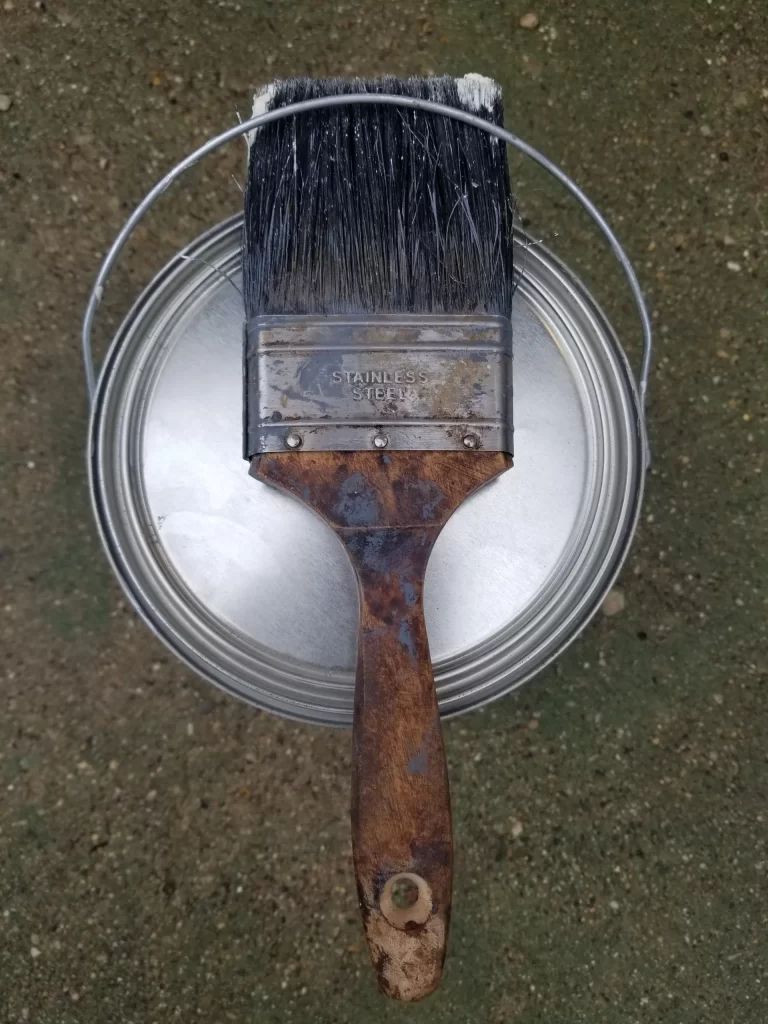Popcorn ceilings, also called textured or acoustic ceilings, grew popular in the late 1950s. The appearance varies from a very think texture like popcorn to something like cottage cheese and even very fine like sand.
During the era when textured ceilings were popular, builders used them in homes because they were inexpensive and could hide imperfections with ease. Popcorn ceilings were made to bolster the room’s acoustics via the reduction of ambient sounds and echoes.
However, acoustic ceilings have become somewhat obsolete in new homes and modern homeowners and buyers do not find them aesthetically appealing as they also give the home an outdated and old appearance.
Here’s a rundown of the pros and cons of popcorn or acoustic ceilings.
Pros
Although popcorn or textured ceiling has become outdated, some benefits are still attached to its usage. One of such is that they help to conceal imperfections on the ceiling. Such imperfections include the tape and dirt seams used for your plasterboard. Although a flat or non-textured finish will appear nice, finishing neatly is often difficult because each dent or ripple may show. Moreover, popcorn ceilings hide damage, leaks, cracks, and poor workmanship.
That’s not all, these ceilings reward owners with low-cost and easy installation. These ceilings also have noise dampening qualities. It is specifically nice for multi-story homes and apartments where the goal is to reduce noises or sounds from a higher level.
Cons
Opting to install or purchase a home with popcorn ceilings has many disadvantages. First and foremost, the texture is pretty heavy. This means it is much harder to paint acoustic ceilings than that with a smooth surface. You should consider this factor if you’re big on frequent redecorating.
Moreover, repairing textured or acoustic ceilings is quite tasking. If this ceiling gets broken or damaged, you must cut off the damaged portion, and then match the color and feel once the repair is done. So, although several products may help fix the ceiling, there will be signs of inconsistencies. If you want a uniformed repair, you may need to redo the ceiling from scratch.
Also, textured ceilings are rough to the touch, so this makes cleaning quite difficult. Because of this, they don’t suit bathrooms and kitchens well. You should settle for a different style of finish in these rooms.
The major difficulty of acoustic ceilings is removal. For one, removal is expensive and labor intensive. You may need to hire a professional to remove the ceilings throughout your home. Although some homeowners may want to take this as a do-it-yourself task or project, the process is time-consuming and difficult. You must plan several days to conclude the project.
There is also the problem of asbestos, which many older, textured ceilings have. This complicates removal and makes the process hazardous. Do well to test the ceiling for asbestos before taking up the removal project yourself. Asbestos fibers can cause lung cancer, lung disease, and scarring of the lungs when inhaled in large quantities.
In all, the cons of popcorn ceilings outweigh the pros. Consider your time, money, design choices and the process of removal before you make a decision.


